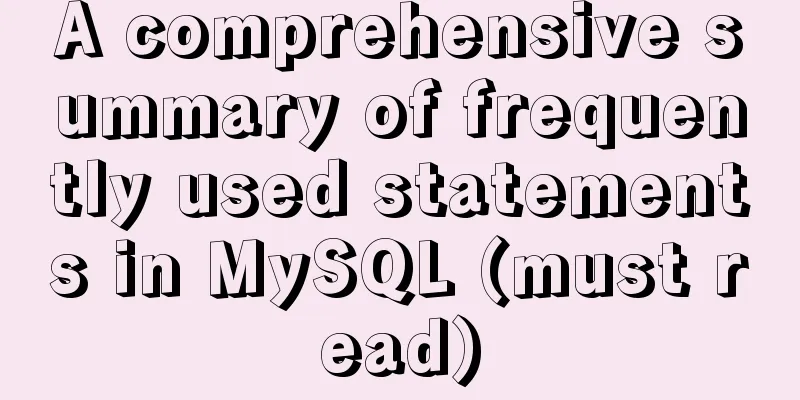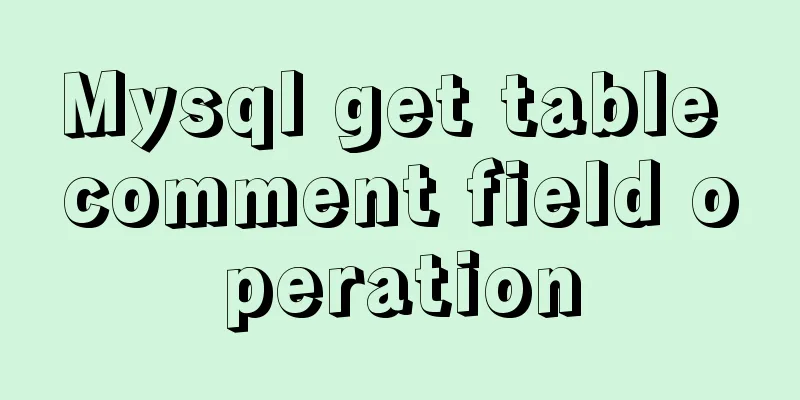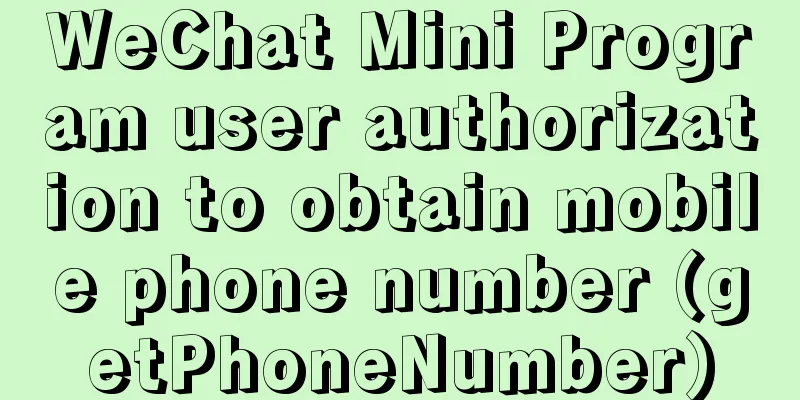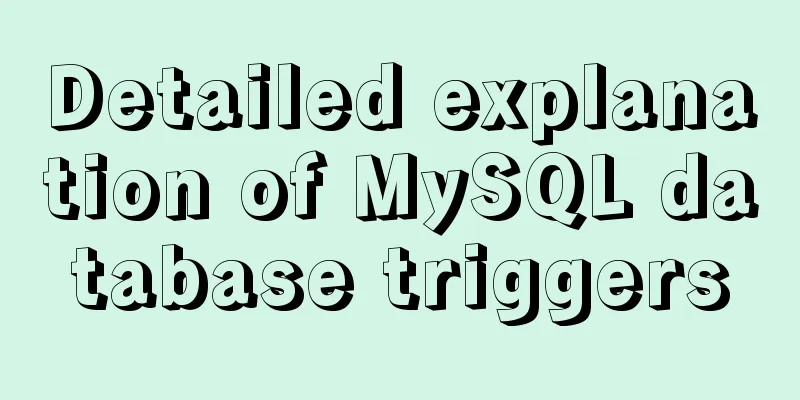How to remove carriage return characters from text in Linux
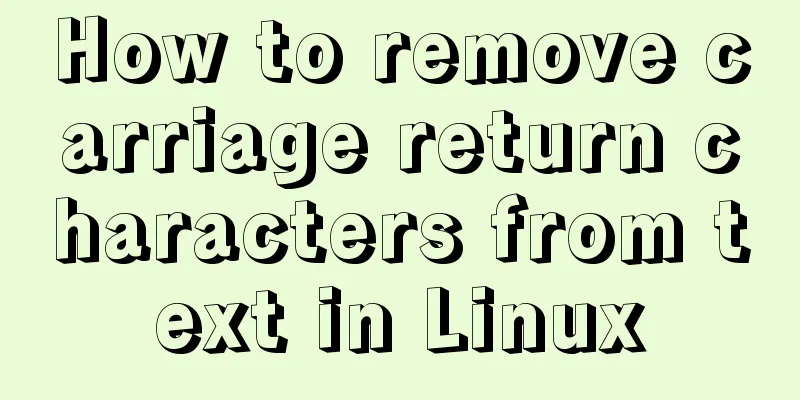
|
When the carriage return character ( The "carriage return" character goes back a long way -- to the time when typewriters had a mechanism or lever that moved the frame that held the paper rollers to the right so that letters could be entered again on the left. They kept it for text files on Windows, but never on Linux systems. This incompatibility can sometimes cause problems when you try to work on Linux with files created on Windows, but it's a very easy problem to fix. If you use Here is an example of $ od -bc testfile.txt 0000000 124 150 151 163 040 151 163 040 141 040 164 145 163 164 040 146 T hisisatestf 0000020 151 154 145 040 146 162 157 155 040 127 151 156 144 157 167 163 ilefrom Windows 0000040 056 015 012 111 164 047 163 040 144 151 146 146 145 162 145 156 <== . \r \n I t ' s different <== 0000060 164 040 164 150 141 156 040 141 040 125 156 151 170 040 164 145 tthana U nixte 0000100 170 164 040 146 151 154 145 015 012 167 157 165 154 144 040 142 <== xtfile \r \nwouldb <== While these characters are not a big problem, they can sometimes be disruptive when you want to parse the text in some way and don't want to encode their presence. 3 Ways to Remove Carriage Returns from Text Fortunately, there are several ways to easily remove the carriage return character. There are three options: dos2unix You may have trouble installing it, but $ dos2unix testfile.txt dos2unix: converting file testfile.txt to Unix format... You should find that the file length decreases, depending on the number of lines it contains. A file containing 100 lines may be reduced by 99 characters because only the last line does not end with a Before: -rw-rw-r-- 1 shs shs 121 Sep 14 19:11 testfile.txt after: -rw-rw-r-- 1 shs shs 118 Sep 14 19:12 testfile.txt If you need to convert a lot of files, don't repair them one at a time. Instead, put them all in one directory and run a command like:
$ find . -type f -exec dos2unix {} \; In this command, we use sed You can also use the stream editor $ sed -e “s/^M//” before.txt > after.txt One very important thing to note is that you should not type the characters you see. You must press vi You can even use :%s/^M//g Summarize The via: https://www.networkworld.com/article/3438857/how-to-remove-carriage-returns-from-text-files-on-linux.html Summarize The above is the method I introduced to you to delete the carriage return character in the text in Linux. I hope it will be helpful to you. If you have any questions, please leave me a message and I will reply to you in time. I would also like to thank everyone for their support of the 123WORDPRESS.COM website! You may also be interested in:
|
<<: Vue implements a simple shopping cart example
>>: How to batch generate MySQL non-duplicate mobile phone number table example code
Recommend
Summary of Linux ps and pstree command knowledge points
The ps command in Linux is the abbreviation of Pr...
How to implement HTML Table blank cell completion
When I first taught myself web development, there...
MySQL database case sensitivity issue
In MySQL, databases correspond to directories wit...
Implementation of Docker private library
Installing and deploying a private Docker Registr...
HTML tbody usage
Structured Table (IExplore Only) 1) Group by rows ...
Solve the margin: top collapse problem in CCS
The HTML structure is as follows: The CCS structu...
Detailed tutorial on using the tomcat8-maven-plugin plugin in Maven
I searched a lot of articles online but didn'...
MySql 5.7.20 installation and configuration of data and my.ini files
1. First download from the official website of My...
Why is it slow when using limit and offset paging scenarios?
Let’s start with a question Five years ago when I...
Steps for IDEA to integrate Docker to achieve remote deployment
1. Enable remote access to the docker server Log ...
Detailed explanation of Docker container network port configuration process
Exposing network ports In fact, there are two par...
How to hide rar files in pictures
You can save this logo locally as a .rar file and...
Vue implements a simple marquee effect
This article shares the specific code of Vue to a...
How to count the number of specific characters in a file in Linux
Counting the number of a string in a file is actu...
Solution to the error reported by Mysql systemctl start mysqld
Error message: Job for mysqld.service failed beca...
